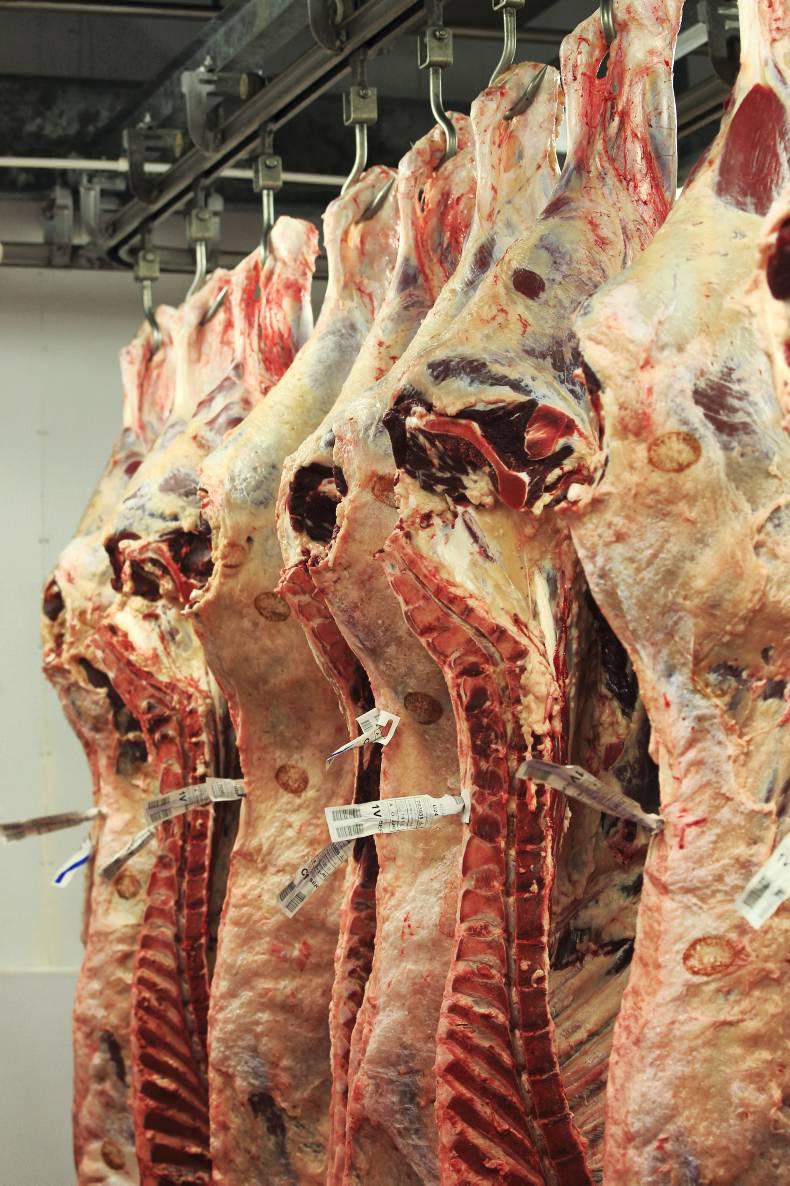With Irish beef trade dependent on the UK, and the mainland European market so relatively weak at present, full access to the US is the prize the industry wants and Irish farming needs.
Bill Clinton once won a US presidential election under the slogan: “It’s the economy, stupid.” With the Irish Farmers’ Association (IFA) and Meat Industry Ireland (MII) issuing almost identical press releases last week, we could adapt that phrase to become a slogan for the Irish beef industry: “It’s exports, stupid.”
Sales to the US under the limited access certification haven’t met expectations, though the Irish Farmers Journal understands from industry sources that volumes are much healthier than official statistics suggest.
On top of this, progress with China has been slow and there is real concern about how we will handle the extra cattle coming into the Irish system from the end of next year. There would be much more confidence if full access to these markets was in place.
Four Irish factories – ABP Clones, Dawn Charleville, Foyle Donegal and Slaney Foods – are now approved to supply cuts of beef to the US. Other factories are in the process of getting approval, which involves considerable expenditure in most cases and some are questioning whether it is worthwhile, given the cost and hassle for what at present is a limited market opportunity.
The Irish beef industry has been protected so far this year with the dramatic fall in the value of the euro against sterling. Although we lag a long way behind UK-branded beef, we have been the best of euro countries. It is a fact that we get half our production into the UK market, plus another 8.5% into the high-value Scandinavian markets. This situation has sustained Irish beef prices.
European dilemma
The biggest problem facing Irish beef exporters at present is the weakness of the historically strong mainland European markets. Italy, France, Germany and the Netherlands buy almost a third of Irish beef production but their farmgate prices are way behind ours.
Irish factories recently highlight the fact that they are paying 112% of the EU average when buying beef. If that was achieved on the back of a successful branding campaign or if we had unique processing efficiencies, then we could expect it to be sustainable.
At present, the only real competitive advantage we have is access to the UK market, and we need a real strengthening of the mainland European market.
This could be some way off as Poland – the second largest exporter of beef in the EU after Ireland – is selling beef all around Europe, including into the UK and Ireland, sourced at a farmgate price of €1 per kilo less than ours.
The last roundtable of the Beef Forum was given a breakdown of what went where and to whom in 2014. This enabled a comprehensive picture of the market destinations for Irish beef to be established on the basis of the type of product and market segment.
We can see that Britain dominates this but we still depend on France, Italy, the Netherlands and Germany for a third of our sales – all with farmgate prices well below ours.
Hence, the urgency with which MII and the IFA is pushing Minister for Agriculture Simon Coveney to secure full access to the US market and an agreement with China.
Land of opportunity
The opportunity in the US is best illustrated by the growth in Australian sales there (Table 1). In 2013, Australia exported 212,000 tonnes of beef, mainly lean forequarter manufacturing beef for use in burgers. In 2014, that figure almost doubled to 398,000 tonnes. So far in 2015, 258,000 tonnes of Australian beef have landed in the US with supplies running 56% ahead of this time last year, and it is expected to fill its quota of 418,000 tonnes long before the end of the year.
To put that in context, Ireland’s total beef production is around 520,000 tonnes.
The reason for Australia’s dramatic growth is well documented with a period of American drought followed by herd-building. This means this market opportunity won’t last for ever but it is expected that there will be a strong US market for manufacturing beef for the next couple of years.
The other great attraction is the price that is paid. High-quality, really lean manufacturing beef was making $2.72 per pound last week in the US, which equates to €5.28/kg. Top-quality lean manufacturing beef isn’t the worst-selling product in Ireland at present, yet this price is up to a euro per kilo better. Irish factories are finding higher-fat manufacturing beef almost impossible to sell, with most going into store. Offers, where they do exist, are around €2/kg. A price of 80-100c/kg more was available in the US last week.
What’s more, when the Australian quota is filled, there will be a serious gap in supply in the last eight to 12 weeks of 2015 – and almost 35,000 tonnes remains on the quota under which Ireland ships to the US.
It would be a great coup if we could get real, meaningful access in time to use that opportunity.
The minister travels across again in September. That could be an indication that progress has been made on agreeing certification and the real bonus would be if he was to announce a commercial deal substantial enough to demonstrate the technical issues had been sorted.
In a radio interview last weekend, Minister Coveney said we were within a couple of months of sorting out the certification. We are left in a position where there are plenty of problems and the potential solutions remain only possibilities.






 This is a subscriber-only article
This is a subscriber-only article










SHARING OPTIONS: